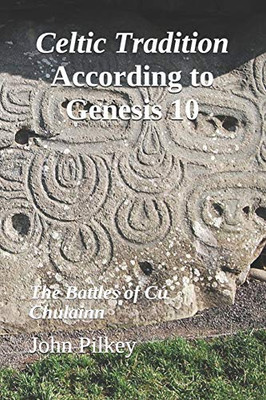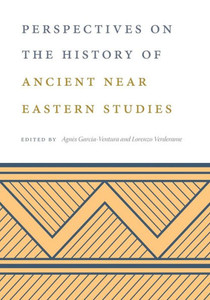
Celtic Tradition According To Genesis 10: The Battles Of Cú Chulainn (Ancient Near Eastern Studies)
Independently published
ISBN13:
9781086234985
$17.47
Celtic mythology houses some of the best anachronisms of ancient near Eastern events. Dr. John Pilkey compares the Battles of Teutates, Metelis, Ross na Rig and the exploits of Cúchullain concluding that Celtic myths such as those found in the Leabhar na h-Uidhri and the Yellow Book of Lecan are memories of events from the times of ancient Mesopotamia. Dr Pilkey's book Kingship at Its Source interprets the Teutates Panel of the Gundestrup Caldron as documenting a follow-up battle after the Battle of Metelis, in which members of the Gallic tetrad and vassals of Japheth under Shem avenged the murders of Ham's six sons and four vassals of Javan at the hands of Narmer. Interpretation of the Teutates Panel has been complicated by a rival interpretation of the Caldron as depicting insular Gaelic rather than Gallic traditions centering in the deeds of Irish hero Cúchullain. According to this alternative interpretation, the bearded figure I identify as the Gallic god Taranis is identified with King Fergus, an entirely different patriarch. The dominant figure in theTeutates panel is equated with Cúchullain and the Gallic god Esus (Joktan) rather than the Gallic god Teutates (Shem). My interpretation equates Esus with one of the riders, the one with a bird insignia on his helmet. My book compromises with the rival interpretation by suggesting that the Caldron was crafted by an insular artisan on the basis of a Gallic prototype. The rival interpretation emphasizes some of the details of the legend of Cúchullain including one appearing in the Teutates panel, a bed of leaves dividing the two horizontal registers of the panel.A transparent reason for bringing the legend of Cúchullain to bear on the Gundestrup Caldron is that the name Medb appears prominently in the text of The Battle of Ross na Ríg, a medieval work dated about 1160, translated from Gaelic by Rev. Edmund Hogan and available on an internet Wikisource linked to the Wikipedia article on Cúchullain. I now take the Irish tradition of the Battle of Ross na Ríg as an insular version of the Battle of Teutates. This battle occurred in 2178 BCE despite the anachronistic trappings of the story derived from Ireland. The text of The Battle of Ross na Ríg is a goldmine, amplifying the narrative line I offer of the Battle of Teutates including new prominence given to Shem's grandson Obal under the Irish name Conchobar. The story clearly implies a sibling falling out between Inanna (Medb) and Utu (Obal-Conchobar) at some time subsequent to their appearing together in the Olympian tradition of exile to the Aegean under their names Artemis and Apollo. That exodus took place in the 2240s about sixty years before the battle.
- | Author: John D Pilkey
- | Publisher: Independently Published
- | Publication Date: Jul 29, 2019
- | Number of Pages: 325 pages
- | Language: English
- | Binding: Paperback
- | ISBN-10: 1086234987
- | ISBN-13: 9781086234985
- Author:
- John D Pilkey
- Publisher:
- Independently Published
- Publication Date:
- Jul 29, 2019
- Number of pages:
- 325 pages
- Language:
- English
- Binding:
- Paperback
- ISBN-10:
- 1086234987
- ISBN-13:
- 9781086234985





